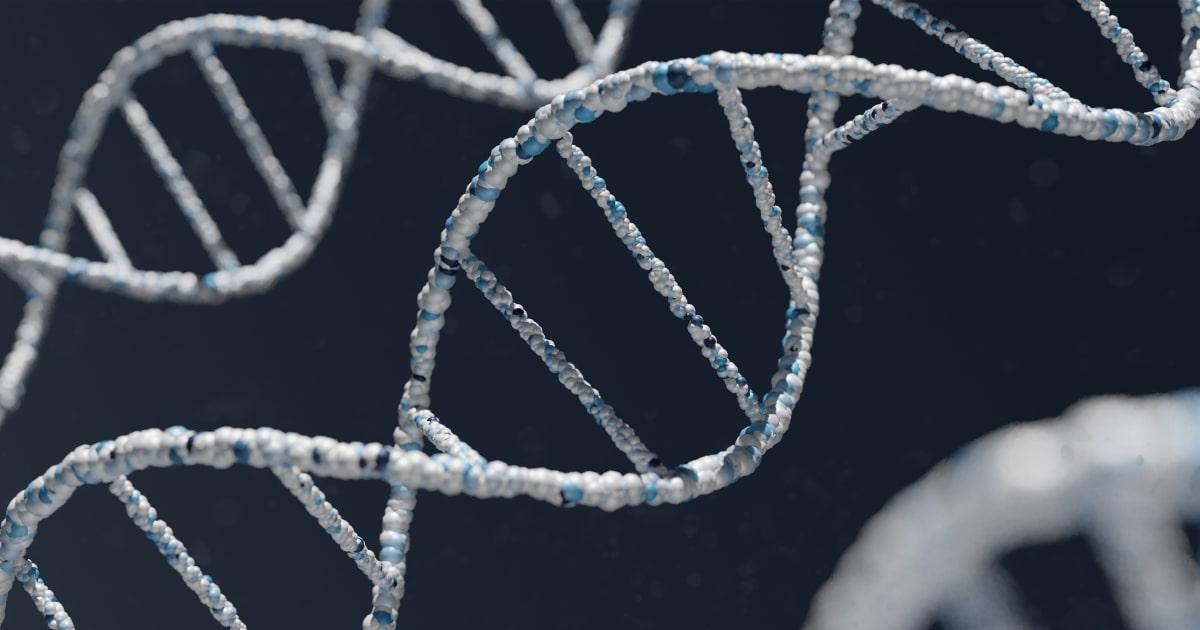
Expert Reviewed By: Dr. Brandon Colby MD
Unraveling the Mysteries of Asphyxiating Thoracic Dystrophy 3
Asphyxiating Thoracic Dystrophy 3 (ATD3), also known as Jeune Syndrome, is a rare genetic disorder characterized by a narrow, bell-shaped chest that can lead to respiratory difficulties. This condition, which primarily affects skeletal development, is part of a group of disorders known as ciliopathies, caused by mutations in genes that affect the function of cilia. Recent research has highlighted the role of DYNC2H1 mutations in causing this condition, presenting an opportunity to explore the potential of genetic testing in diagnosing and managing ATD3.
The Genetic Underpinnings of ATD3
ATD3 is caused by mutations in several genes, with DYNC2H1 being a significant contributor. This gene plays a crucial role in the function of cilia, which are hair-like structures that extend from the surface of many cell types and are involved in various cellular processes. Mutations in DYNC2H1 disrupt the normal functioning of cilia, leading to the characteristic features of ATD3. In particular, a study has identified DYNC2H1 mutations that result in severe respiratory failure in newborns, without extra-skeletal organ involvement.
The Promise of Genetic Testing
Genetic testing has emerged as a powerful tool in diagnosing and managing rare genetic disorders like ATD3. By analyzing an individual's DNA, genetic testing can identify mutations in specific genes, such as DYNC2H1, that are responsible for the condition. This information can provide valuable insights into the underlying cause of the disease and guide clinical management.
Early Diagnosis and Intervention
One of the primary benefits of genetic testing for ATD3 is the ability to achieve an early and accurate diagnosis. Identifying the specific genetic mutation responsible for the disorder can help confirm the diagnosis, allowing for timely intervention. Early diagnosis is crucial for managing respiratory complications and improving the overall prognosis for affected individuals.
Personalized Treatment Plans
Genetic testing can also facilitate the development of personalized treatment plans for individuals with ATD3. Understanding the specific genetic mutation can help healthcare providers tailor interventions to address the unique needs of each patient. This personalized approach can optimize treatment outcomes and enhance the quality of life for those affected by the disorder.
Family Planning and Genetic Counseling
For families affected by ATD3, genetic testing can provide valuable information for family planning and genetic counseling. Identifying the genetic mutation responsible for the disorder can help assess the risk of recurrence in future pregnancies. Genetic counseling can offer support and guidance to families, helping them make informed decisions about family planning and reproductive options.
Advancements in Research and Therapeutics
Genetic testing not only aids in diagnosis and management but also contributes to advancements in research and therapeutics. By identifying the genetic basis of ATD3, researchers can gain a deeper understanding of the disease's pathophysiology, paving the way for the development of targeted therapies. Ongoing research efforts are focused on exploring potential treatments that can address the underlying genetic defects and improve outcomes for individuals with ATD3.
Conclusion
Asphyxiating Thoracic Dystrophy 3 presents significant challenges due to its impact on respiratory function and skeletal development. However, advancements in genetic testing offer a beacon of hope for affected individuals and their families. By enabling early diagnosis, personalized treatment plans, and informed family planning, genetic testing plays a pivotal role in managing ATD3. Furthermore, it contributes to ongoing research efforts aimed at developing targeted therapies that can improve the lives of those living with this rare genetic disorder.
References
For further reading on the study identifying DYNC2H1 mutations causing Jeune Asphyxiating Thoracic Dystrophy, please refer to the study available here.
About The Expert Reviewer
Dr. Brandon Colby MD is a US physician specializing in the personalized prevention of disease through the use of genomic technologies. He’s an expert in genetic testing, genetic analysis, and precision medicine. Dr. Colby is also the Founder of and the author of Outsmart Your Genes.
Dr. Colby holds an MD from the Mount Sinai School of Medicine, an MBA from Stanford University’s Graduate School of Business, and a degree in Genetics with Honors from the University of Michigan. He is an Affiliate Specialist of the American College of Medical Genetics and Genomics (ACMG), an Associate of the American College of Preventive Medicine (ACPM), and a member of the National Society of Genetic Counselors (NSGC)